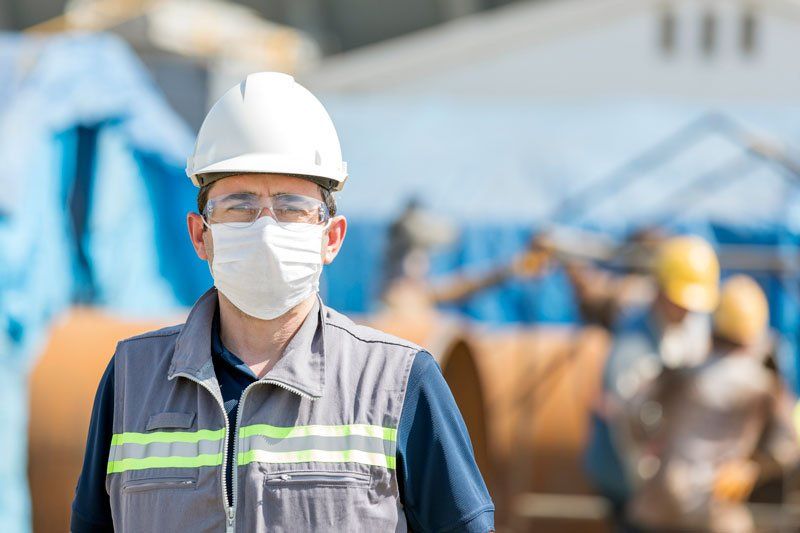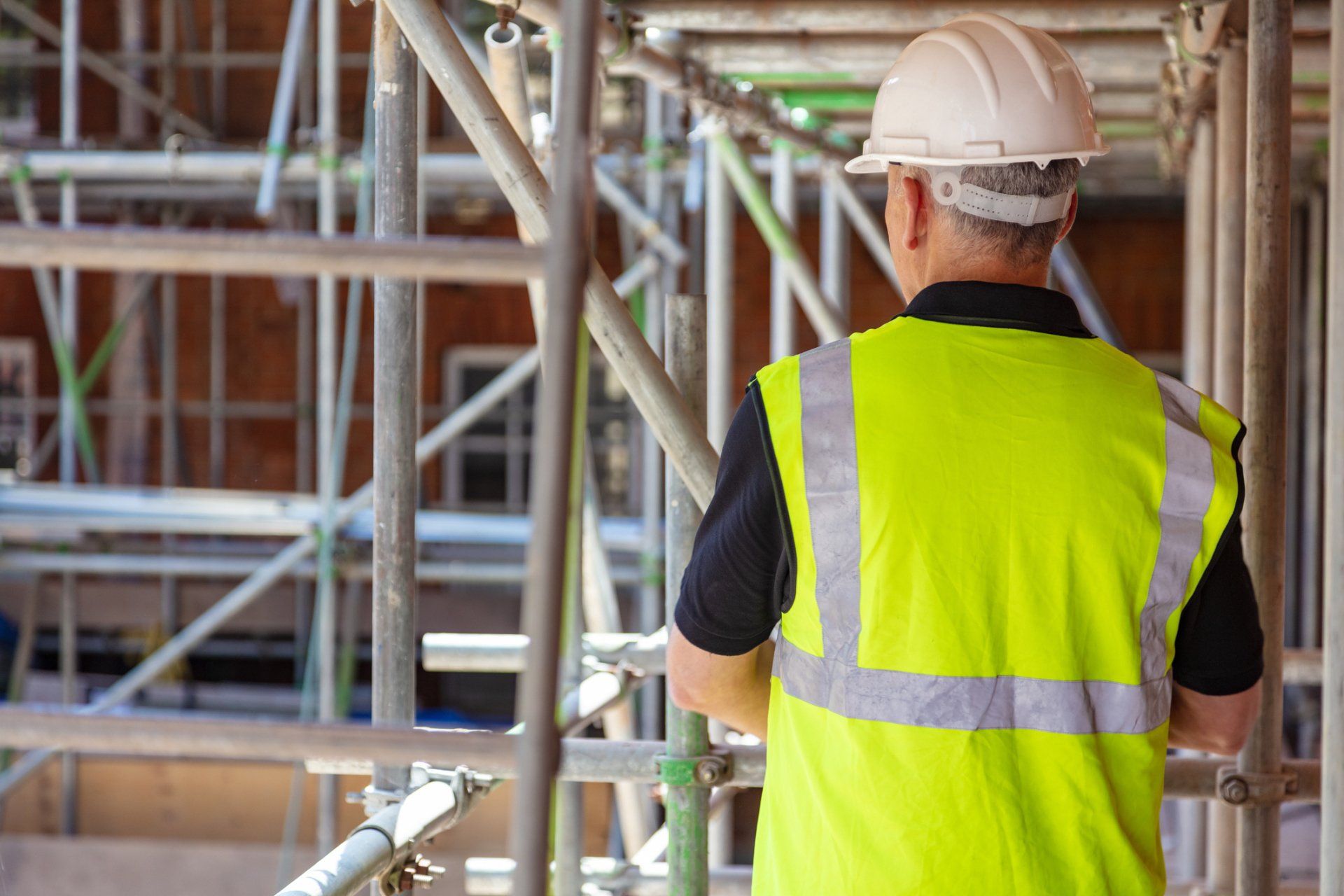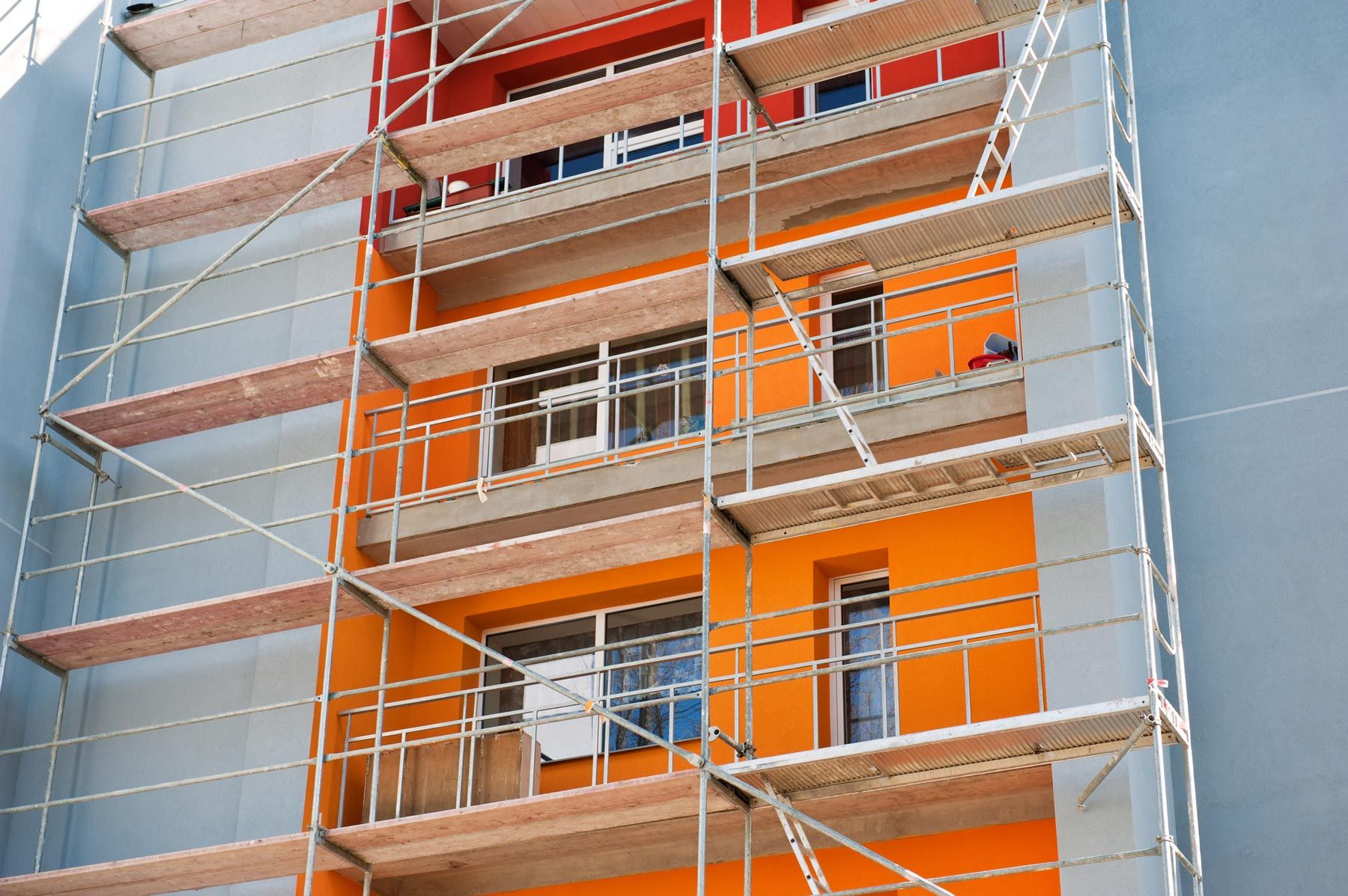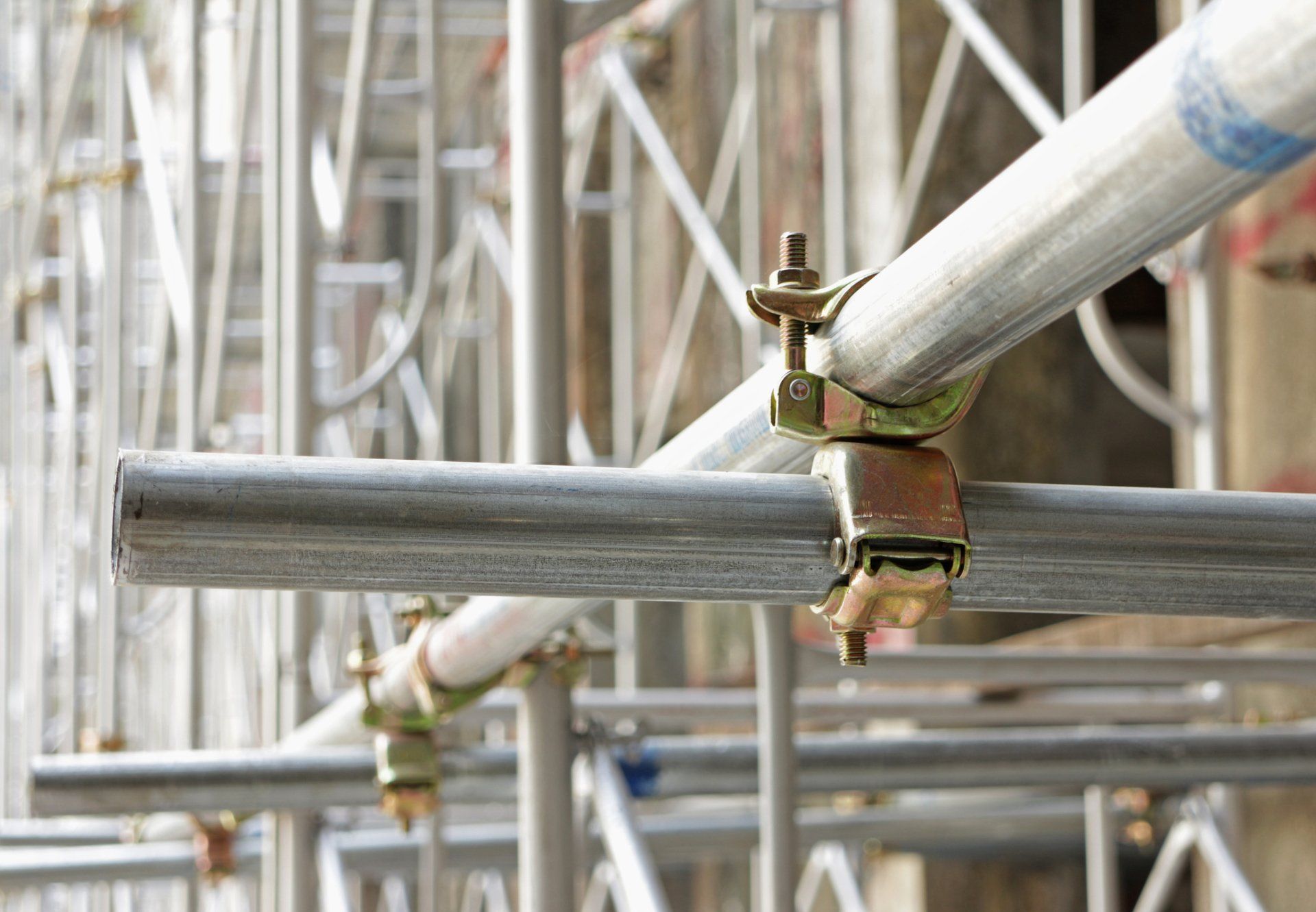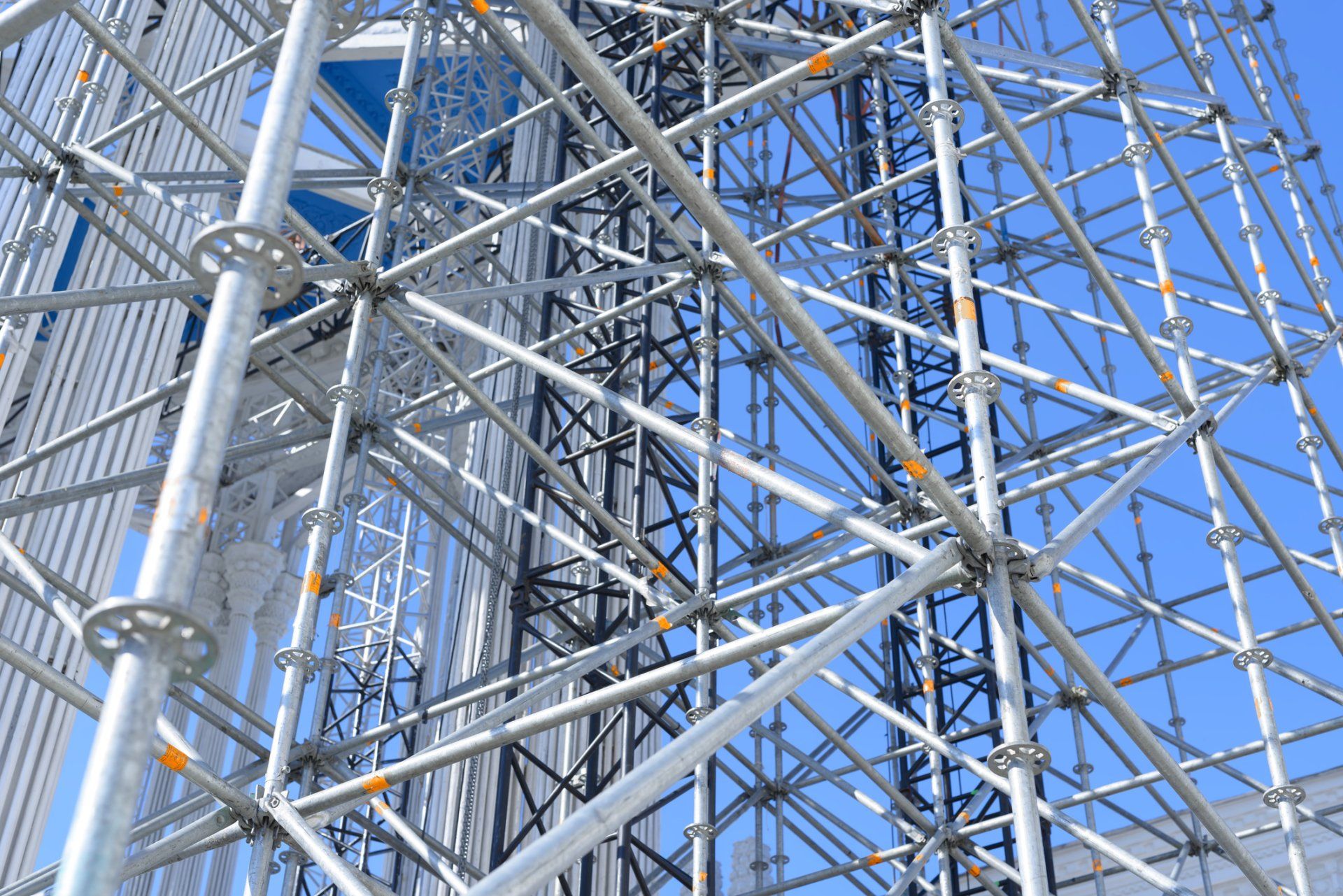4 Useful Tips for Working Safely on a Scaffold
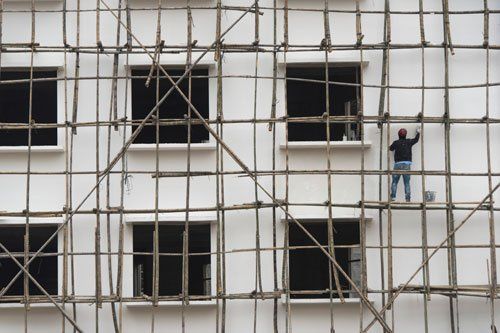
Scaffolds prove indispensable when it comes to constructing or performing maintenance on the outside of a building. A quality scaffold not only makes it possible to reach the entire face of the wall, but it also gives you a handy place to store tools and supplies while you work. Yet even a well-installed scaffold comes with certain risks.
To minimize the chances of injury, everybody working on a scaffold must understand and obey basic safety protocols. If you have a building project that involves you or your employees using a scaffold, keep reading. This article outlines four useful tips for safety when mounting and working from a scaffold.
1. Support Base Plates With a Single Wood Block
One of the most fundament aspects of scaffold safety involves creating as stable a base as possible. Always be sure to install square metal base jacks at the bottom of your scaffold frames. These jacks usually have a threaded stem that allows you to adjust the height of each leg in order to ensure that the scaffold ends up correctly leveled.
For the best possible stability, don't stop at a metal base jack. Also place an appropriately large block of wood beneath each base plate. This wood helps to distribute the weight of the scaffolding across a greater area, thus reducing the likelihood of one or more legs sinking down into soft soil or pavement.
However, don't use more than one block of wood. People who attempt to level their scaffolds with stacks of wood - often in lieu of base jacks - create a highly dangerous situation. Moreover, shimming up a scaffold leg with wood blocks violates OSHA regulations governing the use of unstable objects.
2. When Possible, Use a Ladder to Mount
Most scaffolds have climbing rungs at one or both of their ends. While these rungs permit safe and reliable access for a stable scaffold, most contractors agree that a safer option involves mounting your scaffold from an adjacent ladder. Using a ladder eliminates the chance - however unlikely - that the weight of a climber could unbalance the scaffold and cause it to tip over.
Ladders also make a far better choice for scaffolds whose planking overlaps the ends of the scaffold. Attempting to climb up and around such projecting wood puts workers at a greatly increased risk of falls. The same holds true for scaffolds that do not contain a handhold above the platform, which makes safely mounting the scaffold more difficult.
3. Construct Platforms Using Scaffold-Grade Lumber
Once you have mounted your scaffold, your safety depends on the quality of the wood planks used to form your decking. To begin with, cover the entire width of the scaffold with planks. By doing so, you increase your working area, while reducing the risk of somebody misstepping and slipping down past the guard rails.
You must also pay particular care to the wood used to construct your platforms. Generally speaking, construction-grade lumber does not meet OSHA's stringent criteria for scaffold safety. Instead, look for planking specifically designated as scaffold-grade. Such lumber tends to have a much higher weight capacity and more precisely cut dimensions.
4. Do Not Combine Different Scaffold Styles
You can find numerous types of scaffolds. Even within the narrower realm of systems scaffolding, a variety of different systems exist, including Cuplock, Kwikstage, Haki, and Staircase Tower scaffolding. No matter how compatible two different scaffold styles may seem, resist the temptation to mix and match components, as the result may lack the necessary stability.
Those who ignore the dangers inherent in using a scaffold have greater risks. Wise people strictly adhere to basic safety protocols. For more information about what it takes to install and work from a scaffold safely, please contact the pros at Pacific Scaffold Company.

